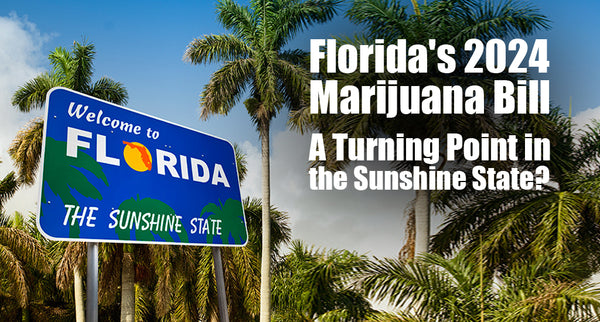
Minnesota Pilots Saliva-Based Tests to Detect Marijuana-Impaired Driving Post-Legalization
- Minnesota's Office of Traffic Safety is testing devices to detect drug-impaired drivers, following marijuana legalization.
- The saliva-based tests, led by Mike Hanson, identify recent drug use in six categories, including cannabis and opioids, for data collection.
- Distributed to Drug Recognition Evaluators, these devices will be used by about 320 trained officers for voluntary sample collection.
- The program aims to assess drug-impaired driving across Minnesota, responding to a rise in drug-related driving incidents.
- Findings will guide potential legal changes, focusing on detecting controlled substances like cannabis to indicate impairment.
Minnesota is currently conducting a pilot program through its Office of Traffic Safety to test devices that identify drivers impaired by marijuana and other drugs. This initiative follows the recent legalization of marijuana for adults in the state.
The program is spearheaded by Mike Hanson, the director of the Office of Traffic Safety, which operates under the Minnesota Department of Public Safety. Hanson emphasized that the goal is to detect recent drug use, specifically within a few hours prior to testing, rather than identifying usage from days ago.
The tests being employed are oral fluid or saliva-based and can screen for six different drug categories, including cannabis and opioids. These devices, similar in function to breathalyzers, are intended for data collection rather than immediate legal action. Samples are collected voluntarily and won't lead to arrests or affect driving licenses.
These devices will be distributed to Drug Recognition Evaluators (DREs) across Minnesota. DREs are law enforcement officers trained to recognize impairment from substances other than alcohol. Minnesota boasts about 320 DREs, with state troopers making up a third of this number and the rest hailing from local police departments and sheriff's offices. Within a month, these officers will have access to the testing devices.
The pilot program aims for a comprehensive assessment of drug-impaired driving, covering both metropolitan and rural areas. This initiative comes in the wake of increasing incidents of drugged driving in Minnesota. State data indicates a significant rise in driving-while-intoxicated incidents related to drugs, from 8,069 cases between 2013-2017 to 15,810 from 2018-2022.
Two different drug screening devices are being tested: the SoToxa Oral Fluid Mobile Analyzer and the Drager DrugTest 5000. Both have previously been used in pilot programs in other states, according to Hanson.
The testing process involves a driver swabbing their mouth after an officer observes poor driving and conducts field sobriety tests. The swab is then analyzed by the device, providing results within approximately five minutes. The focus of these tests is on the presence of controlled substances rather than their quantities. Hanson cited cannabis as an example, explaining that detecting Delta 9 THC indicates recent use and potential impairment.
The results and insights from this pilot program will be compiled into a report for the Minnesota Legislature next fall. The findings will inform state officials' requests to update laws related to impaired driving, potentially incorporating these drug tests in future arrest decisions.
This program represents a proactive step by Minnesota in addressing the challenges of drug-impaired driving, especially following the legalization of marijuana. It underscores the state's commitment to ensuring road safety while adapting to changing legal and social landscapes regarding drug use.
Leave a comment
Comments will be approved before showing up.



